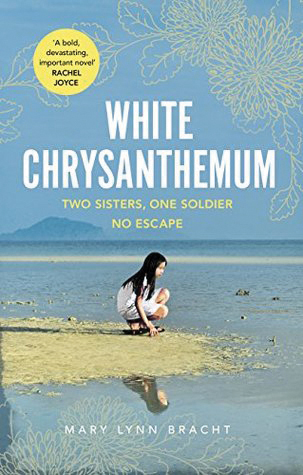by Mary Lynn Bracht
Jeju Island, Korea, 1943. Sixteen-year-old Hana has lived her entire life under Japanese occupation, schooled through a foreign tongue that denies her native language and culture. Like many young women in her village, Hana has left school and embraced her Korean heritage as a haenyeo, a girl or woman who supports her family by diving deep into freezing waters to search for abalone or oysters, the latter a rarity following years of plundering by Japanese seamen.
It is a fitting metaphor for the horrific abuse that follows as Hana is kidnapped from a beach by Japanese soldiers after heroically hiding her younger sister Emi. Mary Lynn Bracht’s debut novel excels at shedding light on a relatively untold story, at least in the Western world, of the thousands of Korean women and girls who were sold into sexual slavery by the Japanese military during Japan’s colonisation of Korea in the second World War. In a detailed author’s note that includes a historical timeline of a war-ravaged country, Bracht outlines the motivation behind the book: to document and draw attention to the horrors so the sins of the past are not repeated.





